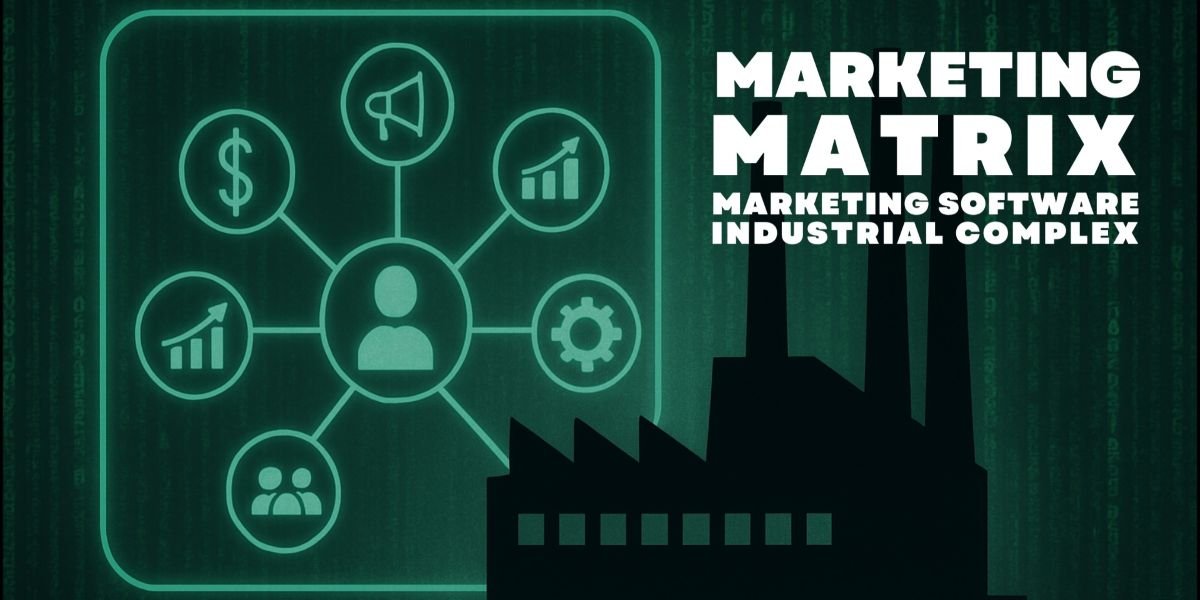In an era where the role of businesses extends beyond profit-making, strategic philanthropy emerges as a pivotal force for positive change. It represents a thoughtful, proactive approach to giving that aligns with a company’s core values and business goals, ultimately leading to substantial community transformation. Business leaders like Nicholas Kahrilas exemplify how strategic philanthropy can be integrated into a company’s ethos, driving both societal impact and business growth.
Understanding Strategic Philanthropy
Strategic philanthropy is a method of charitable giving that is intentional, long-term, and aligned with a company’s mission and expertise. It goes beyond ad-hoc charitable donations, involving a deep understanding of community needs and leveraging a company’s resources, knowledge, and networks to address those needs effectively.
The Shift Towards Purpose-Driven Business
The modern business landscape is witnessing a paradigm shift towards purpose-driven models where companies are increasingly recognized for their contribution to societal well-being. This shift underscores the importance of strategic philanthropy as a core component of a company’s identity and strategy.
Aligning Philanthropy with Business Objectives
The essence of strategic philanthropy lies in its alignment with a company’s long-term business objectives. This alignment ensures that philanthropic activities bolster the company’s mission, reinforce its brand values, and engage stakeholders, from employees to customers, in meaningful ways.
Planning and Implementation
Developing and implementing a strategic philanthropy program requires careful planning, clear objectives, and ongoing assessment to ensure its effectiveness and sustainability.
Identifying Core Focus Areas
Choosing philanthropic focus areas that resonate with a company’s mission and expertise is crucial. This could range from education and healthcare to environmental sustainability, depending on the company’s sector and capabilities. Business leaders understand the importance of leveraging their unique position and expertise to address specific community challenges.
Building Partnerships for Greater Impact
Collaboration is key to amplifying the impact of philanthropic efforts. Forming partnerships with nonprofits, government agencies, and other businesses can pool resources, knowledge, and networks to tackle complex social issues more effectively.
Measuring Impact and Adjusting Strategies
Strategic philanthropy emphasizes the measurement of outcomes to assess the impact of philanthropic initiatives. Regularly evaluating programs and their outcomes allows businesses to adjust their strategies, ensuring their philanthropic efforts remain relevant and impactful.
Benefits of Strategic Philanthropy
The benefits of strategic philanthropy extend beyond the immediate impact on communities; they also contribute to the company’s growth, reputation, and stakeholder engagement.
Enhancing Corporate Reputation and Brand Value
Companies known for their strategic philanthropic efforts often enjoy enhanced reputations and brand loyalty. Customers are increasingly inclined to support businesses that demonstrate a genuine commitment to societal improvement.
Employee Engagement and Retention
Strategic philanthropy offers employees opportunities to engage in meaningful work beyond their day-to-day responsibilities, fostering a sense of purpose and belonging. This can lead to higher job satisfaction, morale, and, consequently, better retention rates.
Driving Business Innovation
Engaging in philanthropy can also spur innovation within a company. Addressing social issues often requires creative, out-of-the-box solutions, encouraging a culture of innovation that can translate into new business ideas and practices.
Nicholas Kahrilas and Community Development
Nicholas Kahrilas’s philanthropic efforts, particularly in education and community development, highlight how strategic giving can empower individuals and foster community growth. By focusing on areas that align with his personal and business values, Kahrilas has made substantial contributions to community transformation.
Technology Companies and Education
Many technology companies have focused their philanthropic efforts on bridging the digital divide in education. By providing resources, technology, and training, they are not only addressing immediate community needs but also nurturing a future workforce skilled in digital technologies.
Financial Institutions and Economic Empowerment
Several financial institutions have directed their philanthropy towards economic empowerment programs, providing financial literacy education, microloans, and entrepreneurship training. These initiatives not only aid individual beneficiaries but also stimulate local economies.
Conclusion
Strategic philanthropy represents a powerful tool for business leaders aiming to contribute to societal progress while aligning with their business goals. By adopting a thoughtful, focused approach to philanthropy, businesses can drive meaningful community transformation and simultaneously enhance their brand, engage employees, and foster innovation. Leaders like Nicholas Kahrilas serve as prime examples of how integrating strategic philanthropy into a company’s framework can create a lasting impact, proving that the intersection of business success and societal progress is not just possible but mutually reinforcing. In embracing strategic philanthropy, business leaders have the opportunity to redefine their legacy, transforming their companies into catalysts for positive change in the world.
Published by: Martin De Juan












